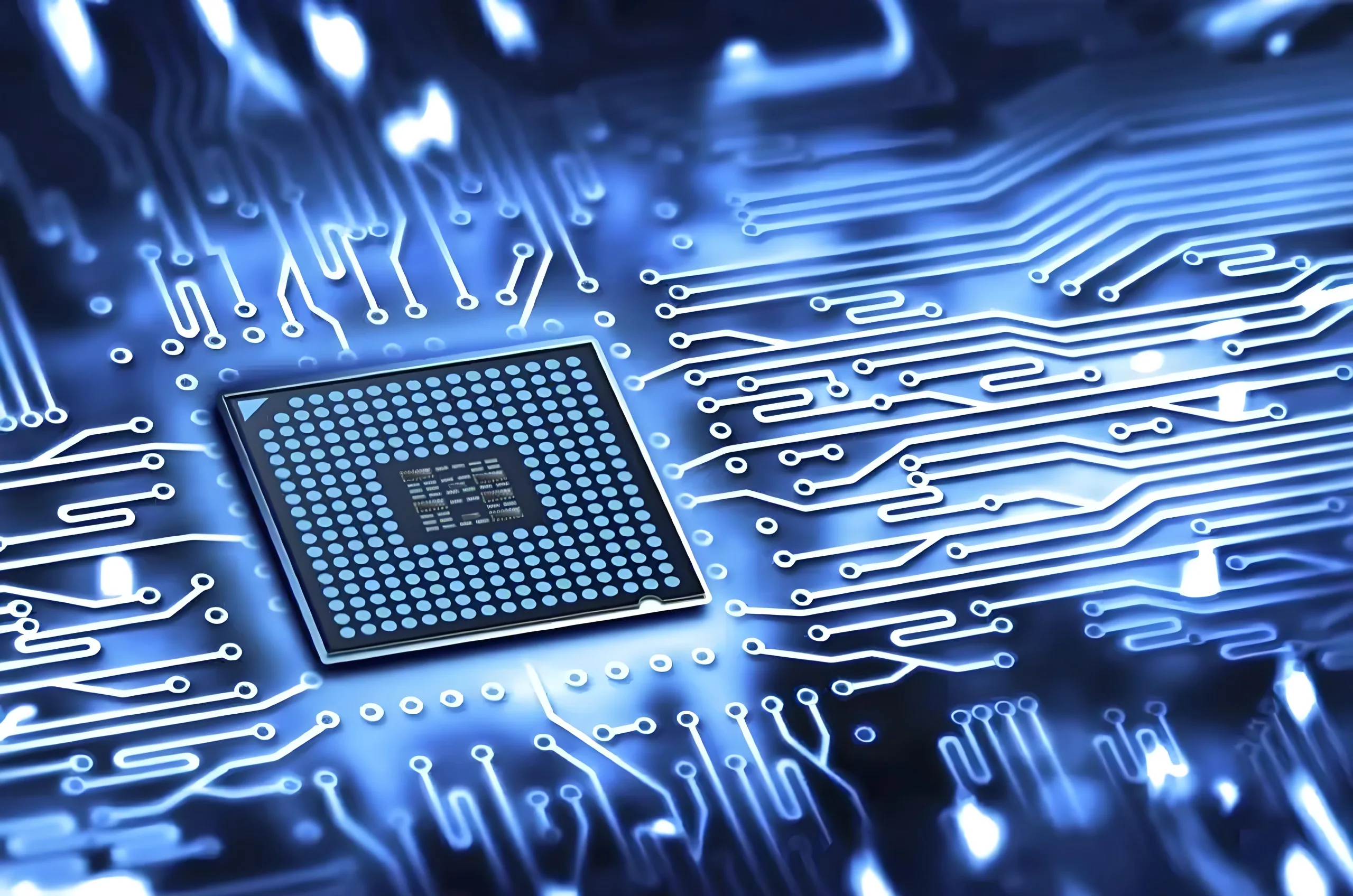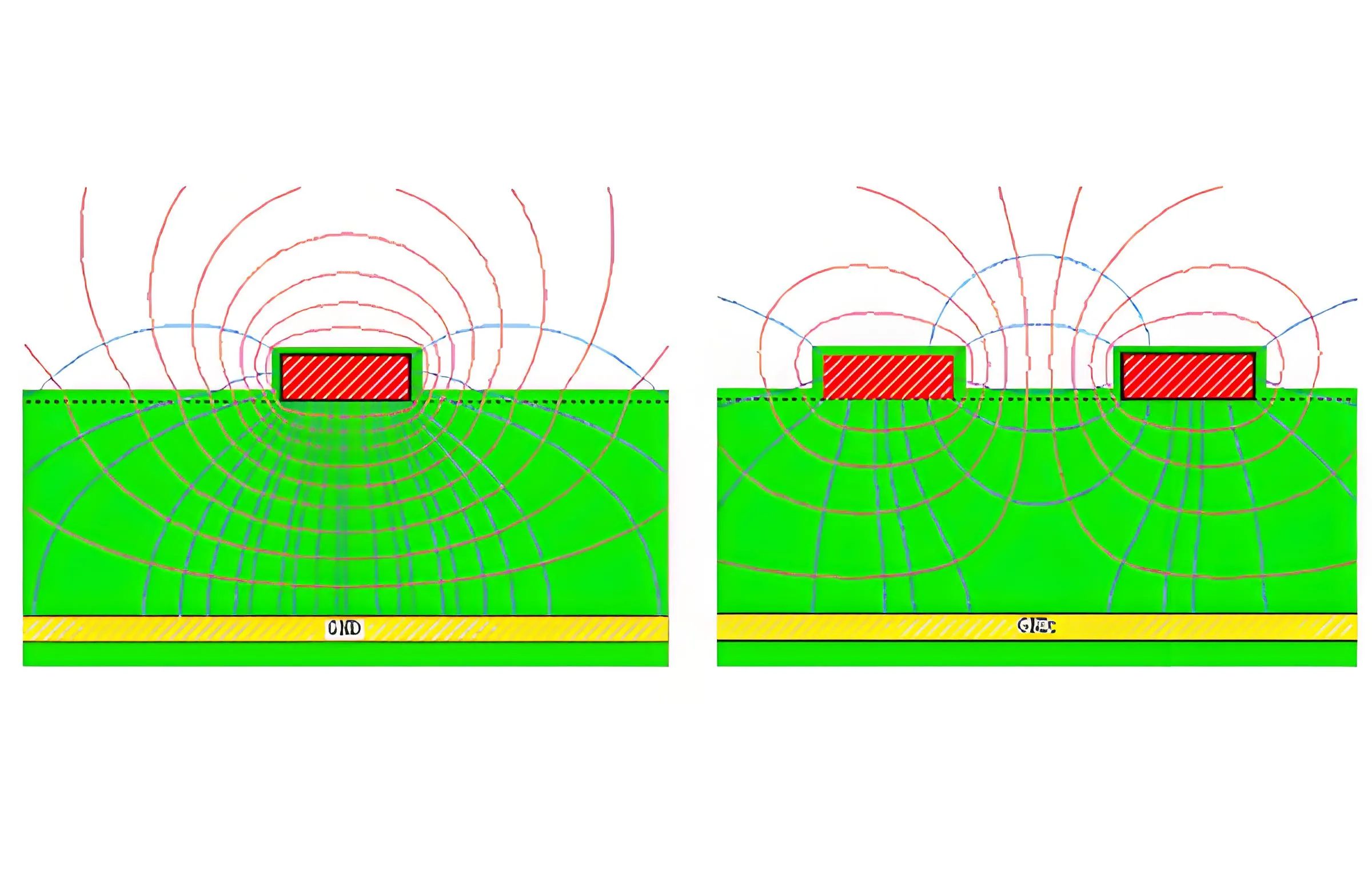
High-frequency PCB design
Although good schematics do not guarantee good wiring, good wiring begins with good schematics. When drawing the schematic diagram, it is necessary to consider the signal flow direction of the whole circuit. If there is a normal and stable signal flow from left to right in the schematic diagram, it should also have the same good signal flow on the PCB Board. Give as much useful information as possible on the schematic diagram. Because sometimes circuit design engineers are absent, customers will ask us to help solve circuit problems, designers, technicians and engineers engaged in this work will be very grateful.
In addition to the common reference identifier, power consumption and error tolerance, what information should be given in the schematic diagram? Here are some suggestions to turn a normal schematic into a first-class schematic. Add waveform, mechanical information about shell, length of printed wire, blank area; indicate which components need to be placed on PCB; give adjustment information, component value range, heat dissipation information, control impedance printed line, notes, brief circuit action description (and others).

High-frequency PCB design
If you don’t design your own wiring, make sure you have enough time to carefully examine the wiring person’s design. At this point, a little prevention is worth a hundred times the remedy. Don’t expect wiring people to understand your ideas. At the beginning of the wiring design process, your advice and guidance are most important. The more information you can provide, and the more you get involved in the whole wiring process, the better the PCB will be. Set up a tentative completion point for the wiring design engineer – check quickly according to the wiring progress report you want. This “closed loop” method prevents wiring from going astray, thus minimizing the possibility of rework.
The instructions to the wiring engineer include: a brief description of the circuit function, a PCB sketch indicating the input and output positions, PCB stack information (e.g., how thick the board is, how many layers it has, and details of each signal layer and ground plane – power consumption, ground wire, analog signal, digital signal and RF signal); which signals are required for each layer; where important components are required; and; The exact location of bypass components; which printed wiring is important; which lines need to control impedance printed lines; which lines need to match the length; the size of components; which printed lines need to be far away from (or close to each other); which lines need to be far away (or close to each other); which components need to be placed on the top of PCB Board, which ones should be placed hereunder.
It is an important aspect of PCB design to bypass the power supply of amplifier to reduce noise, including high-speed operational amplifier or other high-speed circuits. There are two common configuration methods of bypass high-speed operational amplifier.
Ground the power supply: this method is the most effective in most cases, using multiple shunt capacitors to directly ground the power pin of the operational amplifier. In general, two shunt capacitors are enough – but adding shunt capacitors may benefit some circuits.
Paralleling capacitors with different capacitance values helps to ensure that power pins see only low AC impedance over a wide frequency band. This is especially important at PSR attenuation frequency of operational amplifier. The capacitor helps to compensate for the reduced PSR of the amplifier. Maintaining a low impedance ground path over many octave ranges will help ensure that harmful noise does not enter the op amp. Figure 1 shows the advantages of using multiple shunt capacitors. At low frequencies, large capacitors provide a low impedance grounding path. But once the frequency reaches their own resonant frequency, the capacitance of the capacitor will be weakened, and gradually show the perceptual. This is why it is important to use multiple capacitors: when the frequency response of one capacitor begins to decline, the frequency response of the other capacitor should begin to work, so that it can maintain a very low AC impedance over many octave ranges.
Start directly from the power pin of the op amp; capacitors with minimum capacitance and minimum physical size should be placed on the same side of the PCB as the op amp – and as close to the amplifier as possible. The ground terminal of the capacitor should be directly connected to the ground plane with the shortest pin or printed wire. The above ground connection should be as close to the load end of the amplifier as possible in order to reduce interference between the power and ground terminals. Fig. 2 shows this connection method.
 UGPCB LOGO
UGPCB LOGO




